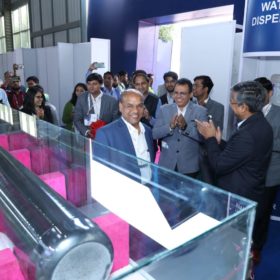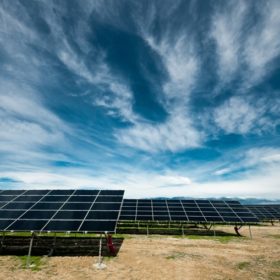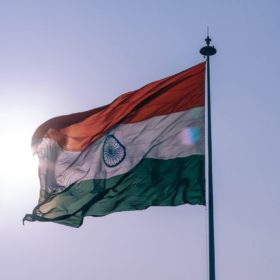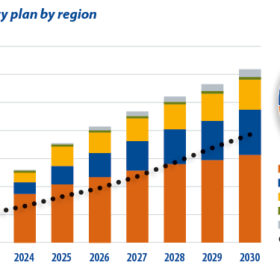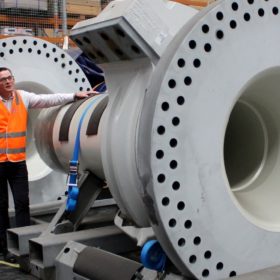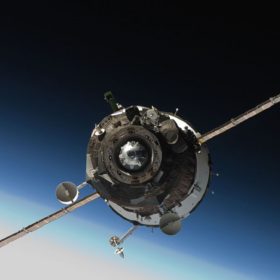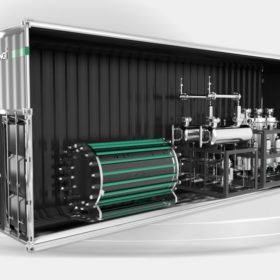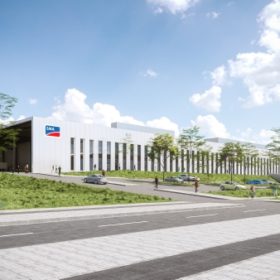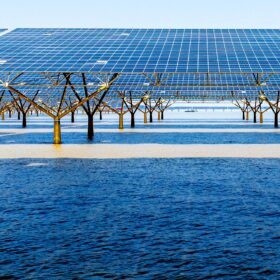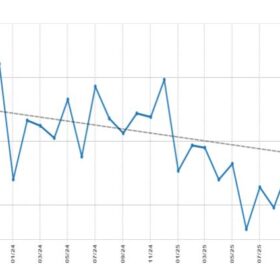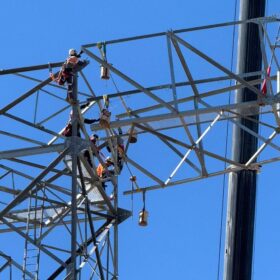Adani unveils India’s first silicon ingot
Adani Solar revealed a monocrystalline silicon ingot this week at the Intersolar India 2022 expo. It produced the ingot at its Mundra facility in the Indian state of Gujarat.
Six tips for renewable energy tender writing
With Australia’s target of a 43% emissions reduction by 2030, and similar targets from nations across Europe, Asia, and the Americas, solar projects are set to soar in 2023 and beyond.
India funds no new coal in 2021
The renewable energy sector (solar and wind) recorded project finance deals worth INR 33,893 crore ($6,832 million) in 2021. No new project finance for coal was reported.
Weekend read: the scramble for lithium
Electric vehicle and stationary energy storage companies have experienced battery cell shortages this year. InfoLink predicts overcapacity in 2024, but the concentration of production in China means customers elsewhere are mulling deals with miners.
Andrews urged to take bold approach to Victoria’s energy policies
The Andrews Labor government has been returned in Victoria. It must now reckon with two particularly crucial challenges: runaway climate change and wartime-scale energy costs.
The new space race heating up between China and US
The idea of capturing solar power in space for use as energy on Earth is not new but the race for space-based solar power is heating up and global superpowers China and the United States are leading the way.
Lean, clean, electrolysing machines – how clean is Australia’s hydrogen future?
Cornwall Insight Australia energy consultant Con Dimitrakakis explores how “clean” the hydrogen produced in Australia by a grid-connected electrolyser could be, depending on its location and change in variable renewable energy penetration into the grid.
Is hydrogen about to have its solar moment?
As Longi and other solar manufacturers kick off massive growth in hydrogen generation capacity, expect large price decreases resulting from steep learning curves, echoing the rapid advances experienced by the solar power industry since the 1970s.
To play climate catch-up, Australia must learn to battle supply chain woes
As uplifting as Australia’s climate turn around is, SMA Australia’s Joshua Birmingham says it would be “naive” to ignore the fact that this rapid growth will present challenges for the industry, with demand potentially outstripping supply in many key areas of the renewable energy value chain.
Weekend read: Five strategies for battery procurement
The worst effects of the pandemic may have passed, but supply chain disruptions continue to be felt across the world. The effects of the war in Ukraine are also evident to all of us in our daily lives, from commodities to energy, food supply chains and beyond. The disruption in the battery energy storage system (BESS) supply chain is no different, writes Cormac O’Laoire, senior manager of market intelligence at Clean Energy Associates. Indeed, as the cost of raw materials such as lithium climb, battery prices are being driven materially higher, on some accounts by 20% to 30%, rendering some projects uneconomical.
